Photographer Nic Lehoux has captured the national pavilions at this year’s Venice Biennale International Architecture Exhibition, which is open to the public until November 21. Curated by architect and Dean of MIT’s School of Architecture and Planning Hashim Sarkis under the theme 'How will we live together?', the biennale includes 112 participants from 46 countries.
Lehoux’s photographs showcase aspects of the pavilions, including Korea’s education-focused spaces, Denmark’s water display, the U.S.’s soaring timber frame, and Russia’s home in the recently-renovated Alexey Shchusev-designed building.
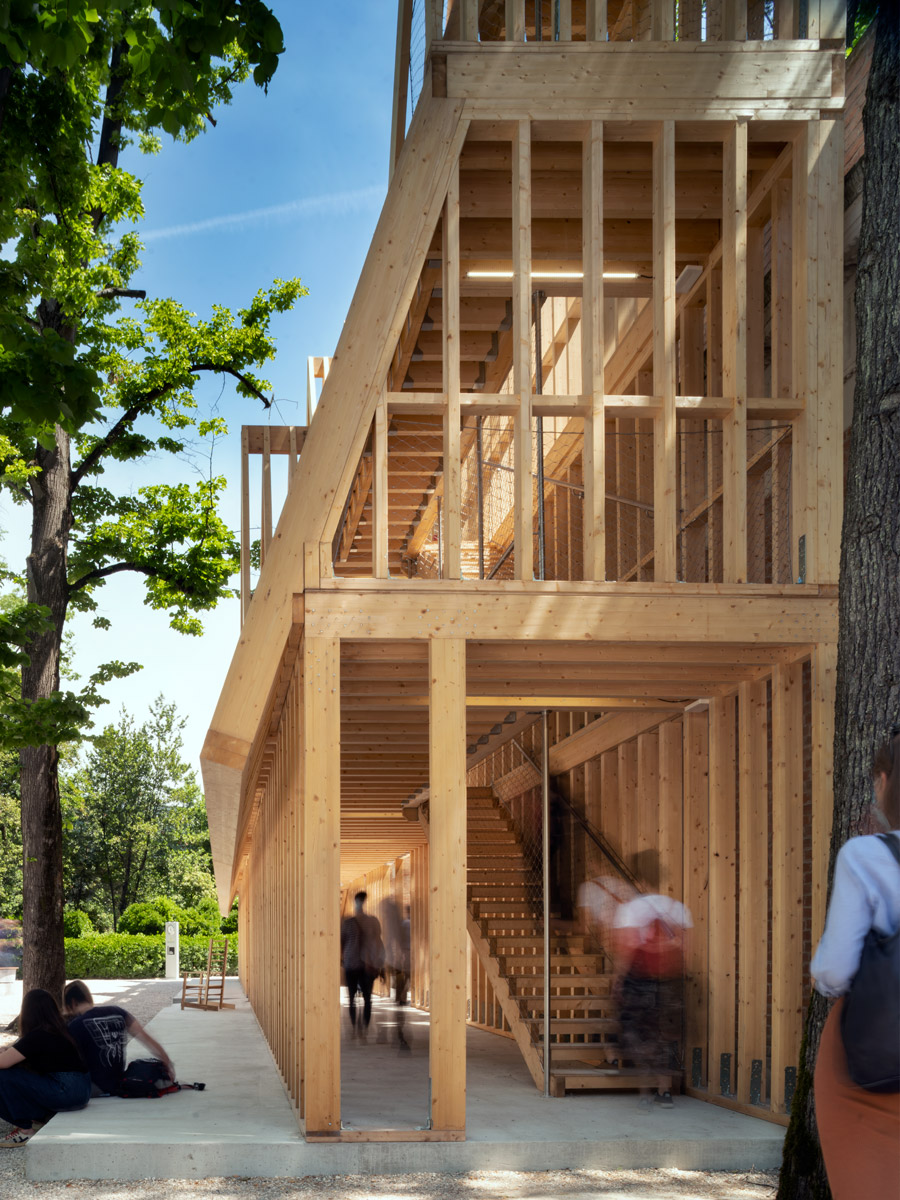
Side view of the wooden construction that makes up the US pavilion. Photo © Nic Lehoux Photographie Architecturale.
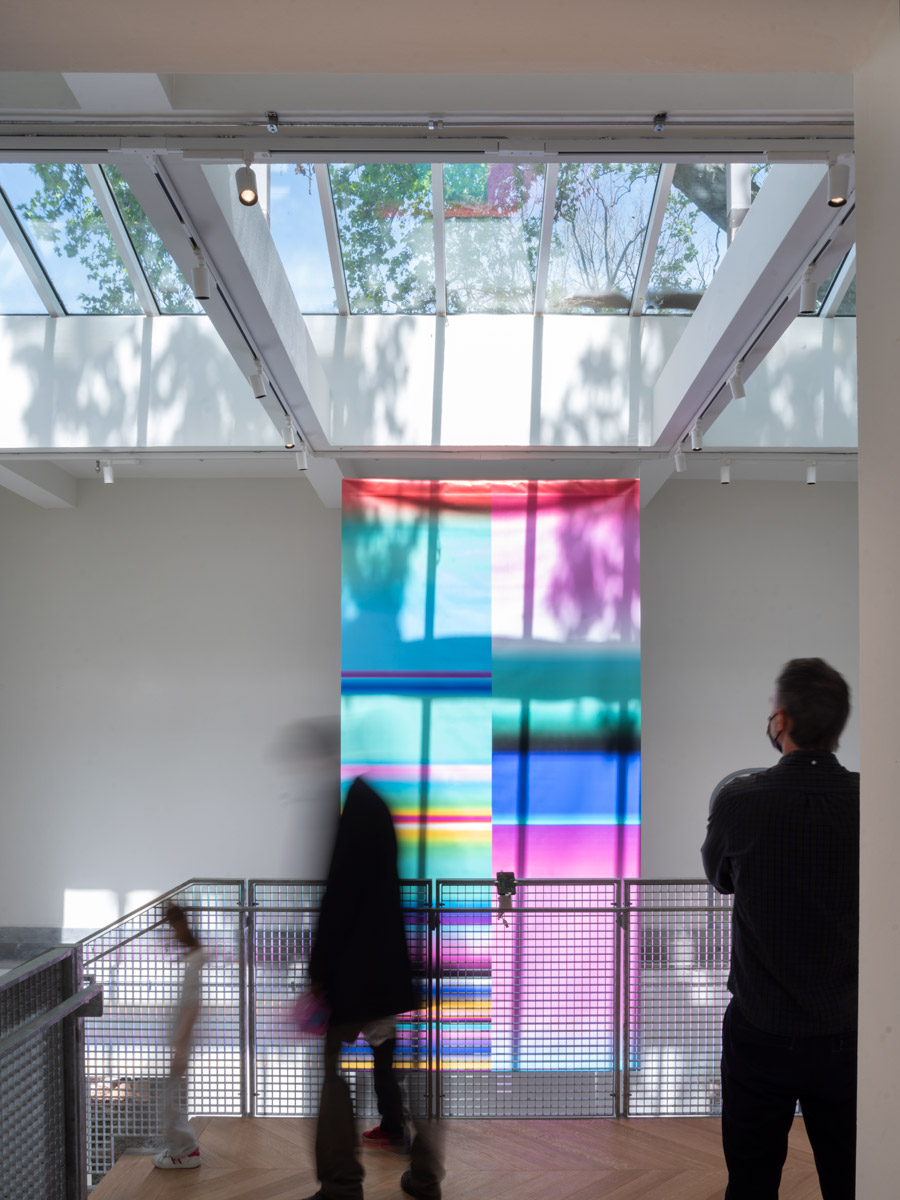
Participants observe the luminous display of Open! at the Russian Federation Pavilion. Photo © Nic Lehoux Photographie Architecturale.
“This year’s exhibit at the Scandinavian Pavilion played on Sverre Fehn’s gorgeous design and meshed seamlessly with the building,” said Lehoux, when asked which pavilions are his favorites. “It was a playful yet very rational example of Scandinavian sensitivities.”
He added: “I was also impressed by the US pavilion. With little fanfare, it showcased the inherent beauty of traditional framing in a very inventive way. A simple idea that was beautifully conceived.”
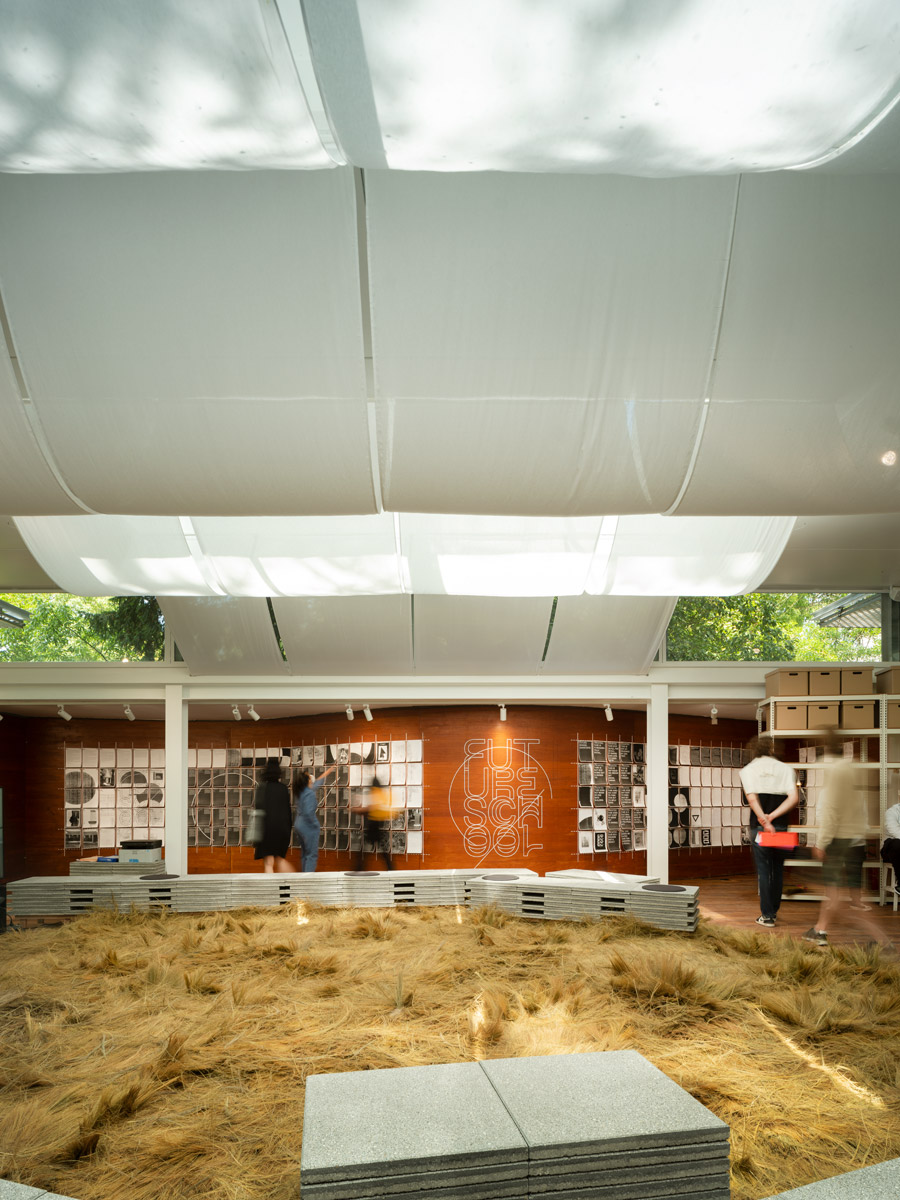
The garden of the Future School, curated by Hae-Won Shin, focuses on migration and climate change at the Korean Pavilion. Photo © Nic Lehoux Photographie Architecturale.

A rotunda punctuated by slatted windows frames the QR code-accessible virtual “Cloud Pavillion” of Germany’s 2021 exhibition. Photo © Nic Lehoux Photographie Architecturale.
Lehoux's photographs capture the array of pavilions designed by countries involved at the Venice Biennale. From digitized exhibitions, sprawling outdoor installations, and nature transplanted indoors, all of them bring action and poetry to the event.
“The Denmark Pavilion reflected the concrete approaches taken by that nation in confronting the challenges we face,” the photographer said. “It perhaps best responded actively to this year’s theme.“
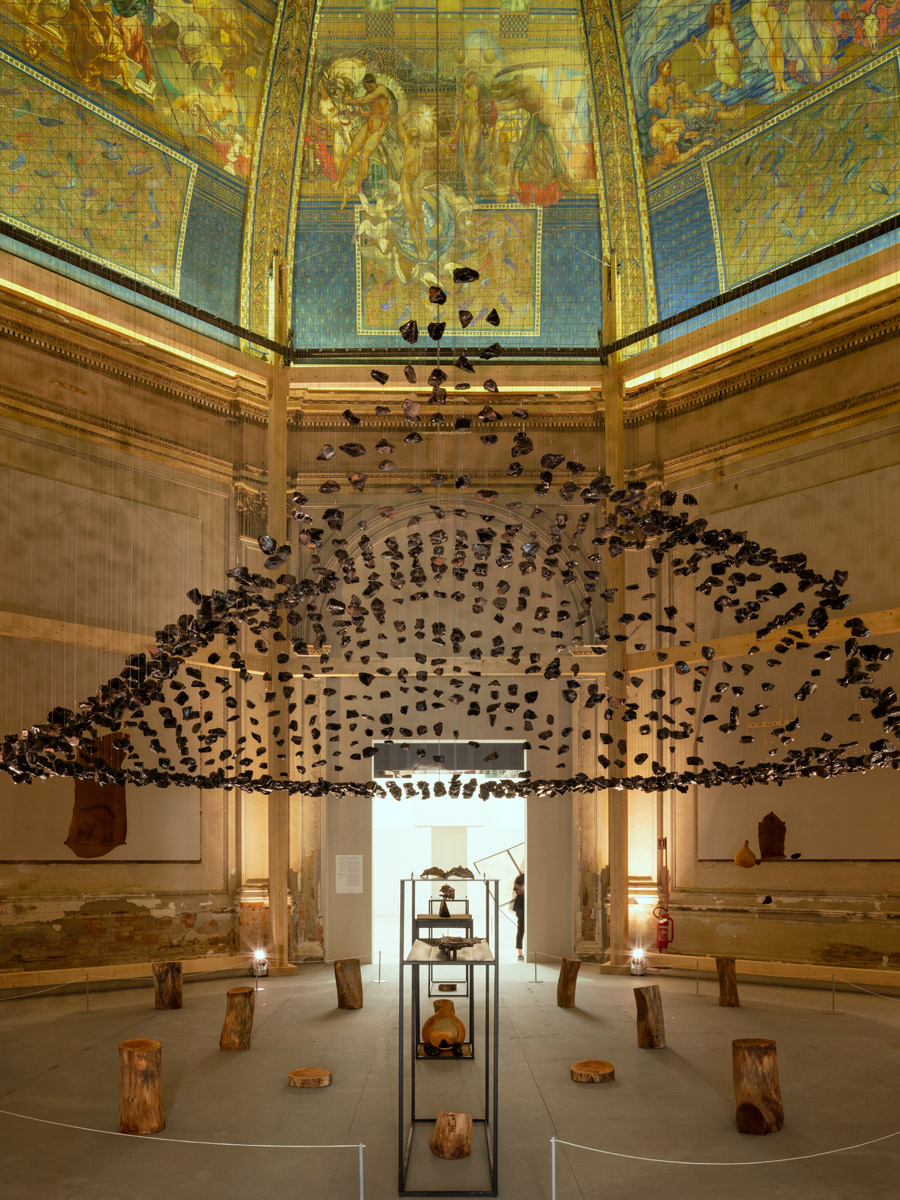
A suspended installation of obsidian stone by Nairobi-based Cave_Bureau hangs beneath vaulted ceilings of the Central exhibition’s Chini Room. Photo © Nic Lehoux Photographie Architecturale.
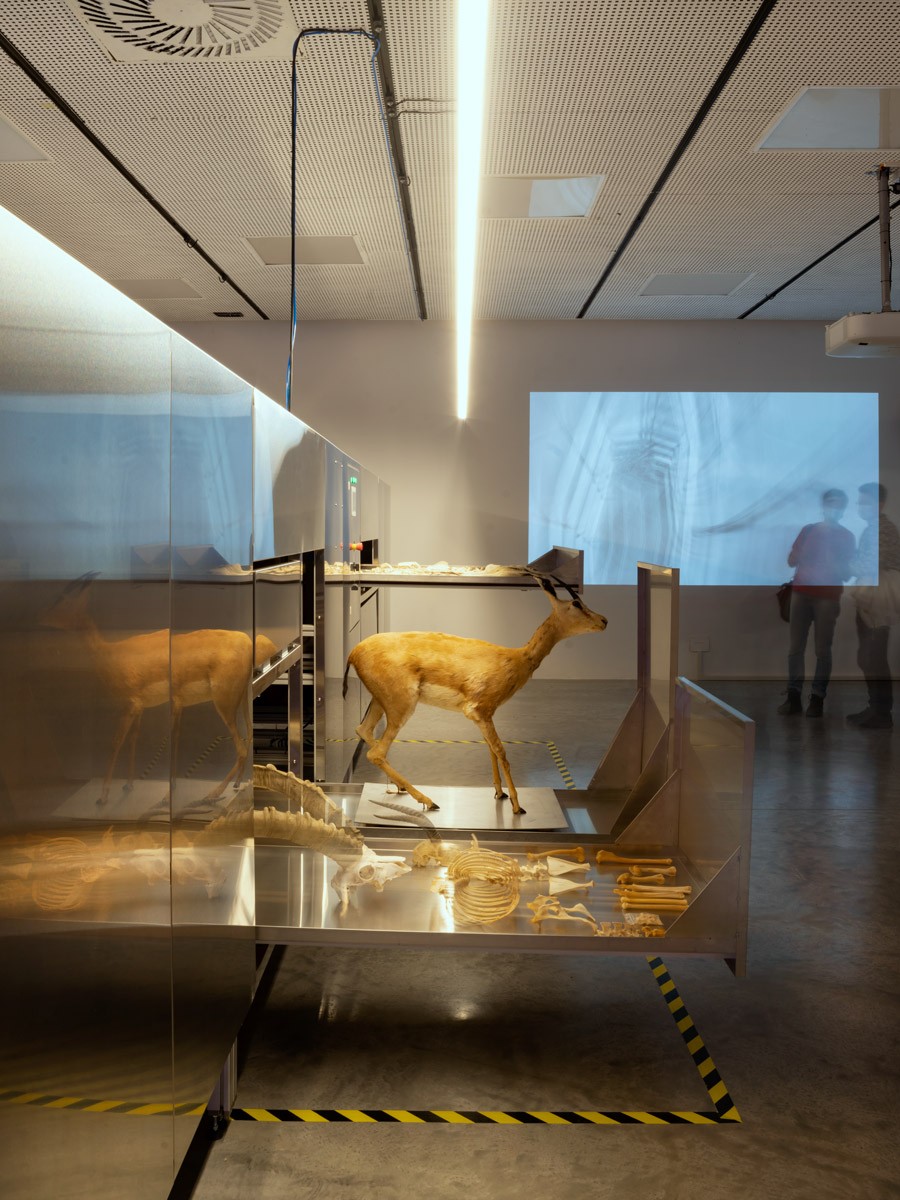
Taxidermy and ancient human remains are showcased in Israel’s exhibition Land. Milk. Honey. Photo © Nic Lehoux Photographie Architecturale.
The biennale, which includes these national designs and exhibits within Venice’s Arsenale, opened on May 22, 2021, after being delayed for a year because of the pandemic. Special precautions and measures are in place for safe in-person attendance.
“There was an obvious lighter turnout than expected, so this gave an opportunity to be more engaged and reflective within the pavilions,” said Lehoux. “While photographing them, it was apparent that the pace by which people experienced them was perceptively slower than it might have been in a non-pandemic year.”







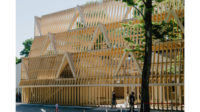
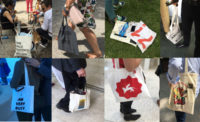
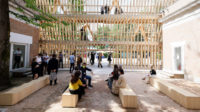


Post a comment to this article
Report Abusive Comment